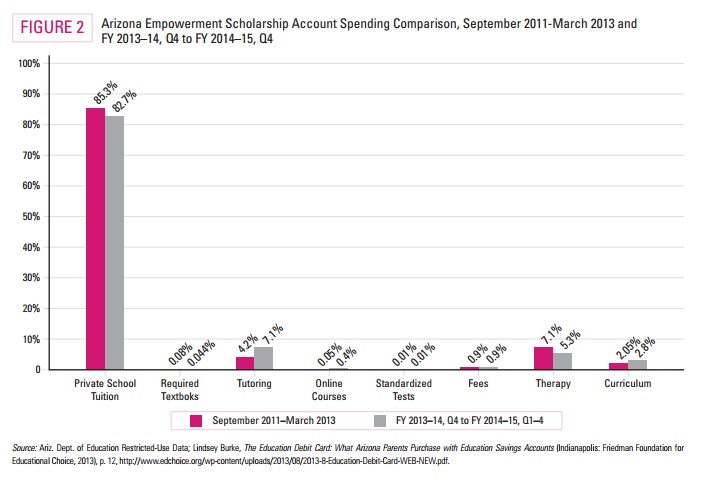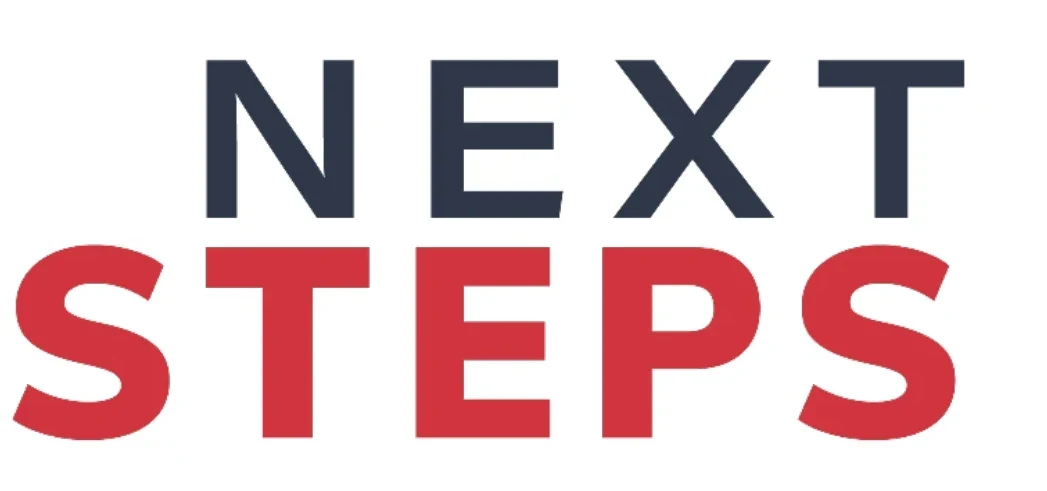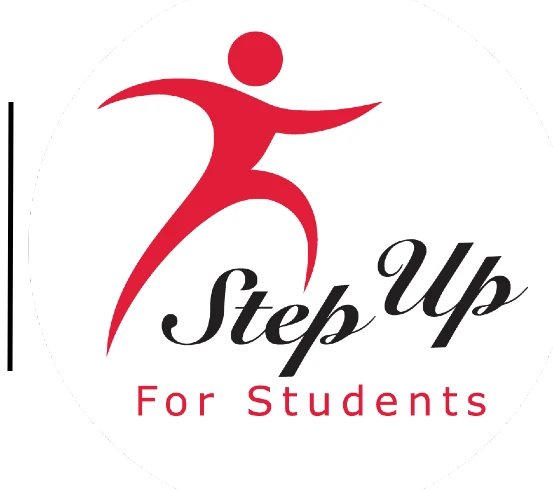As Arizona’s first-in-the-nation education savings account grew larger and got more mature, parents still spent the majority of their educational choice scholarships on private-school tuition, a new study shows.
The report, released this week by the Friedman Foundation for Educational Choice, drives home an important point about what many say are the next generation of educational choice programs: They’re not the same as conventional school vouchers, and many parents use them to pay for educational expenses other than tuition, such as therapy, curriculum and tutoring.
But while nearly 30 percent of parents used the accounts for multiple purposes, 83 percent of total spending in the program went to pay private-school tuition during the period covered by the report.
ESAs exist in five states. Florida is home to the largest such program, and Arizona is home to the oldest (created in 2011), which means it offers the deepest trove of data for researchers who want to know whether parents are using ESAs to customize their children’s Educatio in ways that go beyond mere school choice.
In short: Some are, and others are keeping money in their accounts, presumably to cover future expenses like college tuition, but private schools still account for the vast majority of spending.

The researchers, Jonathan Butcher of the Goldwater Institute and Lindsey Burke of the Heritage Foundation, suggest changes that might make the program more likely to power a new wave of different education providers. First, they say, Arizona should make more students eligible — something the state Legislature is already looking to do.
Second, it stands to reason that if the accounts offered more money, parents might be more likely to have money left over for other services after they paid for private schools. Right now, the authors note, the accounts are worth less than the average private school charges in tuition, especially in high school, where costs tend to be higher.
The average education savings account in Arizona is approximately $5,000, whereas the average amount taxpayers spend per student in that state is nearly $9,000.40 No child should be discounted from having access to the schools and other educational resources that will help him or her succeed. Though Arizona’s accounts may help most families cover tuition for their child in elementary or middle school, future expenses and additional educational therapies require more financial resources. High school tuition in Arizona, along with college tuition, can be $10,000 to $14,000 or more (see Appendix 2). Lawmakers should make education funding fair for every student.
The report also suggests keeping regulation at a minimum, to draw more innovative education providers into the mix.
Other changes not covered by the report could help spur the kind of education marketplace ESA advocates envision, in which the accounts prove more versatile than conventional vouchers. School districts, for example, could start functioning as service providers that offer students individual courses or other services for a fee. These options might be especially helpful to special needs students, who remain the largest group of ESA recipients nationally, and the only group of students who qualify for them in states like Florida.
(Florida’s ESA program, known as the Gardiner Scholarship Program, is open only to students with specific special needs and is administered by organizations like Step Up For Students, which publishes this blog).


